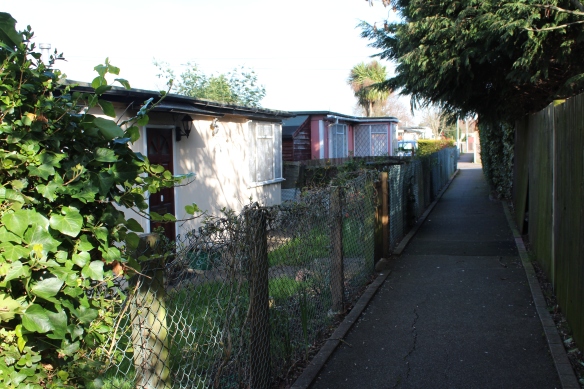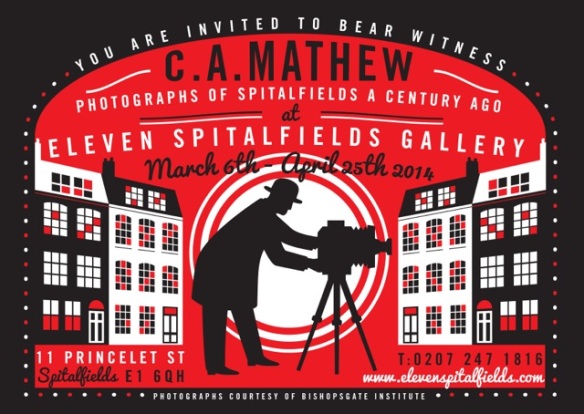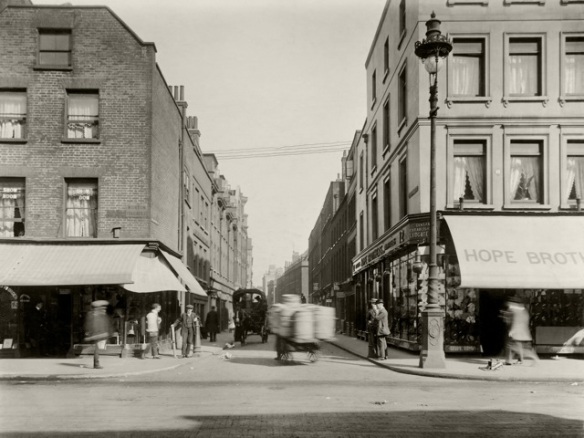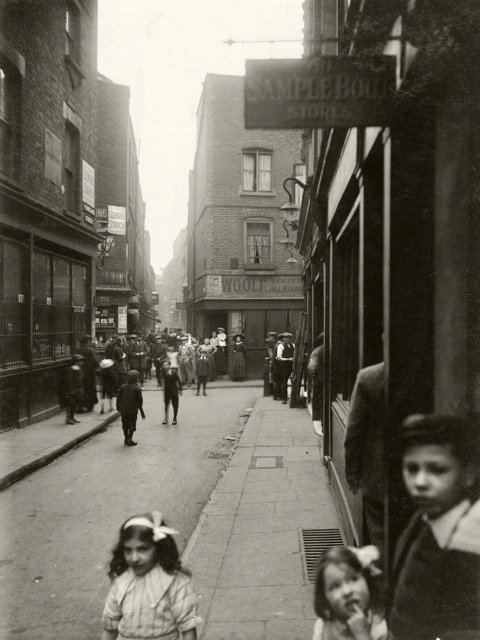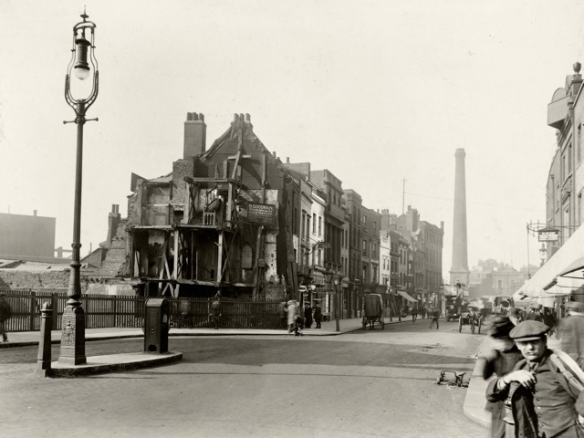After the Second World War thousands of prefabricated houses sprung up around UK in an effort to deal with the extreme housing shortage. Over the years most of these have been demolished – they were only ever intended to be temporary structures. However, one community of prefabs in Catford, South East London, has clung on. With the estate now in its last days, a temporary exhibition currently offers the rare opportunity to see inside a prefab house.
 The Excalibur Estate was built between 1945 and 1946 by German and Italian prisoners of war and is the largest surviving prefab community in the country. The buildings were only intended to last for around ten years.
The Excalibur Estate was built between 1945 and 1946 by German and Italian prisoners of war and is the largest surviving prefab community in the country. The buildings were only intended to last for around ten years.
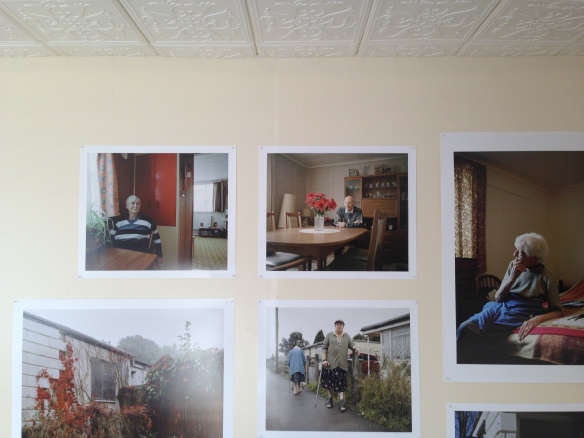 The estate – whose streets are named after Arthurian characters – is destined for the bulldozer, to be replaced with 371 new homes by Lewisham Council. Part of it has already been demolished and fenced off. Only six buildings, which have been listed by English Heritage, are to be retained.
The estate – whose streets are named after Arthurian characters – is destined for the bulldozer, to be replaced with 371 new homes by Lewisham Council. Part of it has already been demolished and fenced off. Only six buildings, which have been listed by English Heritage, are to be retained.
The temporary exhibition features photographs (including some particularly stunning ones by Rob Pickard), memorabilia and films about life in the Excalibur Estate and other prefab communities in the UK – and your last chance to visit one of London’s more unusual communities.
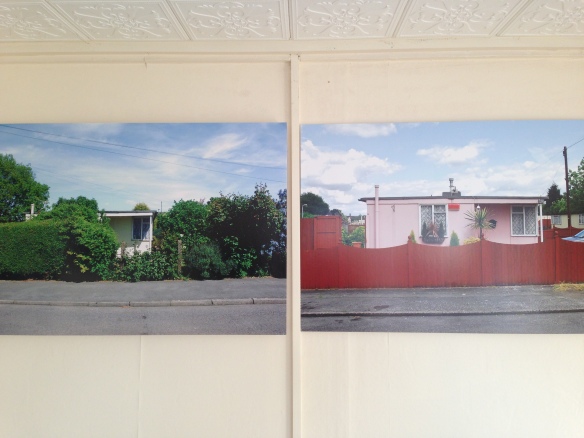 The Prefab Museum can be found at 17 Meliot Road, Catford, SE6 1RY. The exhibition has now been extended to run until the end of May, and is open on Tuesdays, Thursdays (10am – 4:30pm) and Saturdays (10am – 6pm). Entry is free. The closest station is Bellingham (National Rail).
The Prefab Museum can be found at 17 Meliot Road, Catford, SE6 1RY. The exhibition has now been extended to run until the end of May, and is open on Tuesdays, Thursdays (10am – 4:30pm) and Saturdays (10am – 6pm). Entry is free. The closest station is Bellingham (National Rail).
Caroline’s Miscellany has also written a very thought-provoking piece on the Excalibur Estate.



